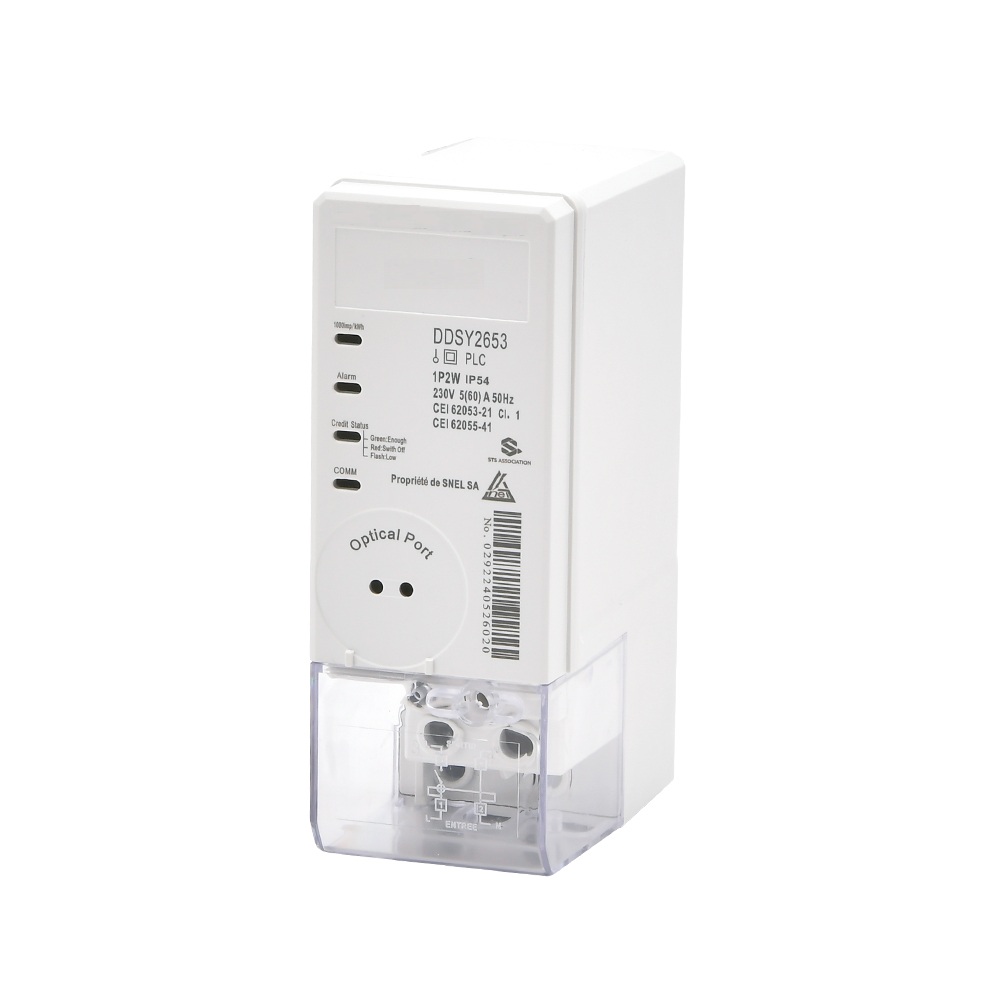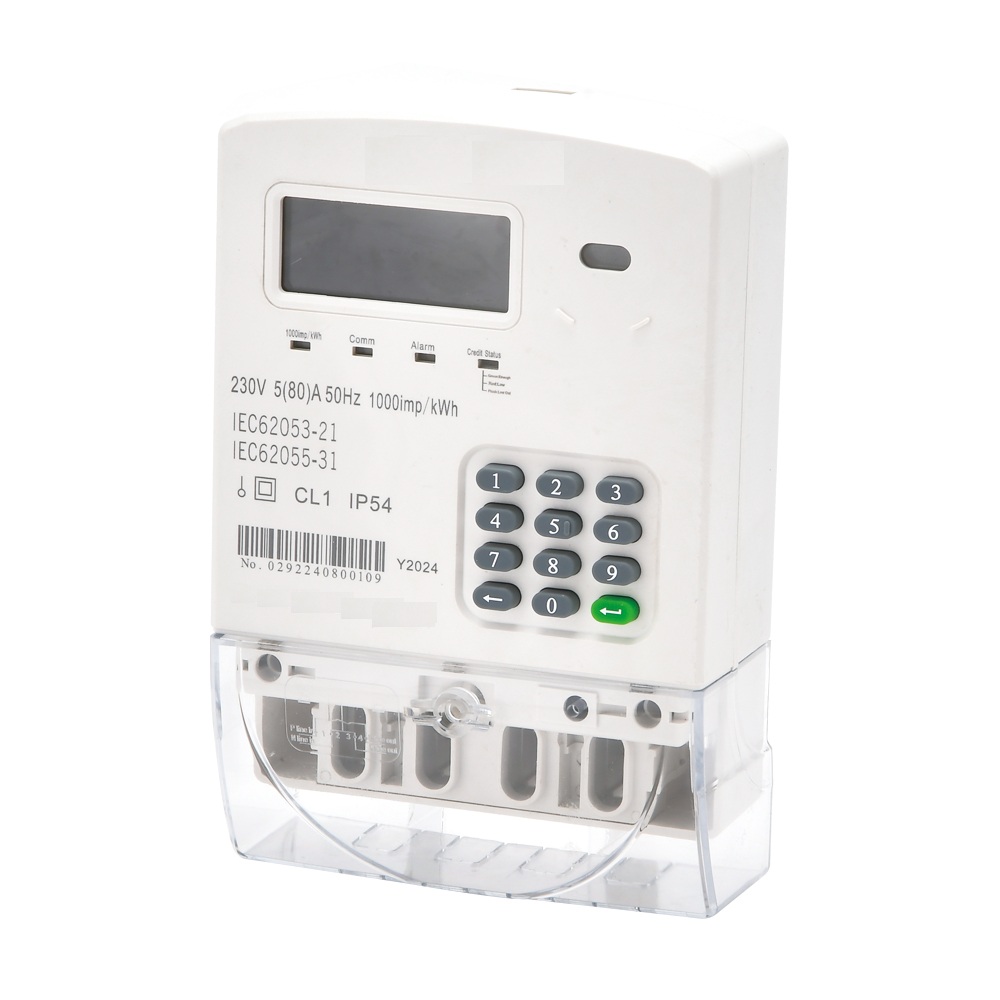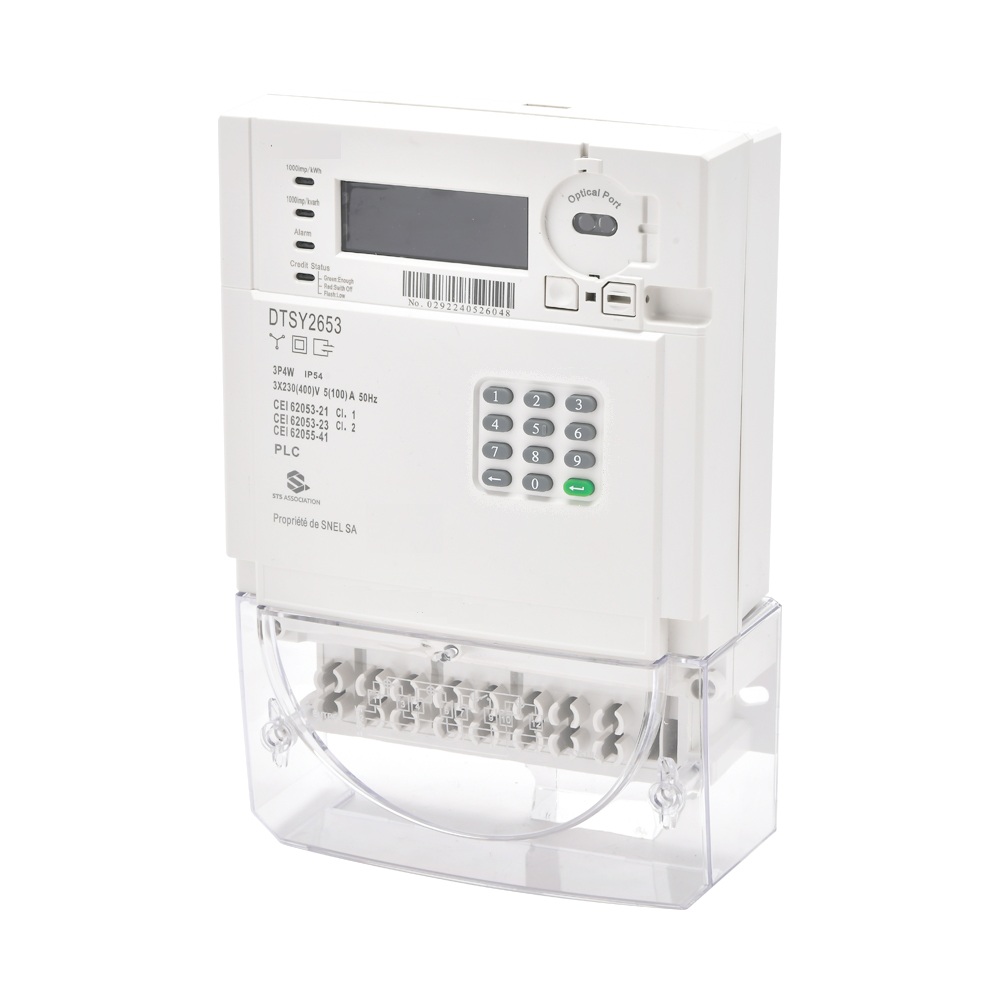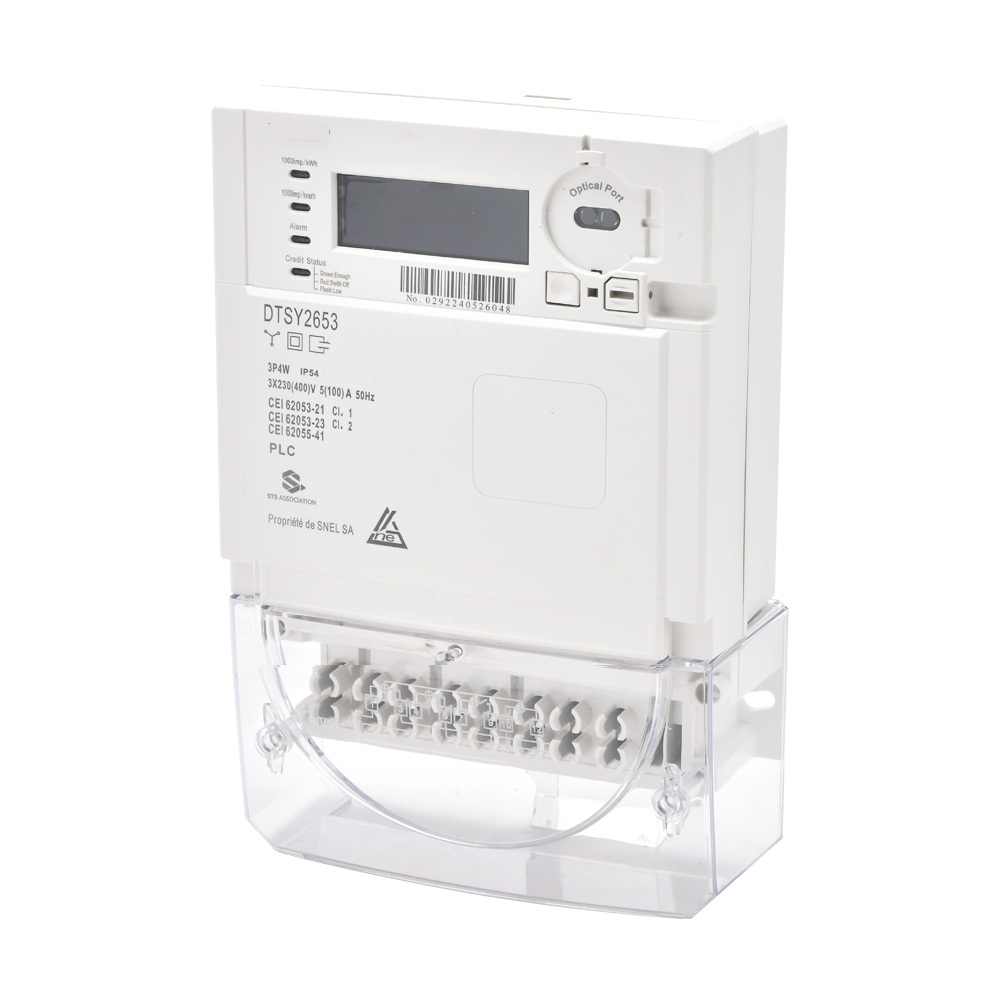How to choose a three-phase four wire energy meter?
Publish Time: Author: Site Editor Visit: 576
Determine usage scenarios and power requirements
Office buildings, shopping malls, villa areas, etc.: The power consumption of electrical equipment is relatively small, so a three-phase four wire straight through meter can be selected without the need to connect transformers, and the electricity can be directly read. The current specification can match 30 (100) A, the bus current can reach 300A, and the power it can withstand is 114000W (300A × 380V=114000W), which is sufficient for the above scenarios.
Industrial parks, production workshops, large buildings, etc.: Due to the high power consumption of electrical equipment, it may be necessary to choose three-phase four wire energy meters with transformers. When reading the power, it is necessary to multiply it by the multiple of the transformer. Generally, the preferred current specification is 1.5 (6) A. As long as the multiple of the transformer meets the requirements, there is no current limitation or power limitation.
Consider accuracy level
Accuracy level classification: Accuracy levels can be divided into 1 level, 0.5S level, and 0.2S level. The higher the accuracy level, the more accurate the measurement, but the price of three-phase four wire meters is correspondingly higher.
Different scene selection:
Industrial scenario: High measurement accuracy is required, and 0.5S or 0.2S level electricity meters can be considered for selection.
General commercial and civilian scenarios: Level 1 accuracy meters can be selected.
Clarify voltage and current parameters
Voltage parameters: Common reference voltages are 3 × 57.7/100V and 3 × 220V/380V. The appropriate meter should be selected based on the actual supply voltage.
Current parameters: There are many options for basic current parameter specifications, which can be divided into 1.5 (6) A, 5 (20) A, 10 (40) A, 15 (60) A, 20 (80) A, 30 (100) A, etc. The appropriate current specification should be selected based on the power and load size of the electrical equipment, ensuring that the final selected current amperage is greater than the actual calculated current value and maintaining a certain margin to prevent the meter from burning out.
Pay attention to feature configuration
Basic functions: Three phase smart meters usually have basic energy measurement and measurement functions, including forward and reverse active and reactive power, peak and valley time-sharing power, demand, power factor, current and voltage, etc.
Special Features:
Remote meter reading: If remote meter reading is required, the meter should have a 485 communication interface or other communication modules.
Prepaid function: If there is a need for prepaid management, you can choose an electric meter with prepaid function.
Trip function: If there are requirements for load management, remote monitoring smart meters with trip function can be selected.
High precision metering: If used in scenarios such as gateway metering that require extremely high precision, a high-precision electric meter of level 0.2 should be selected.



